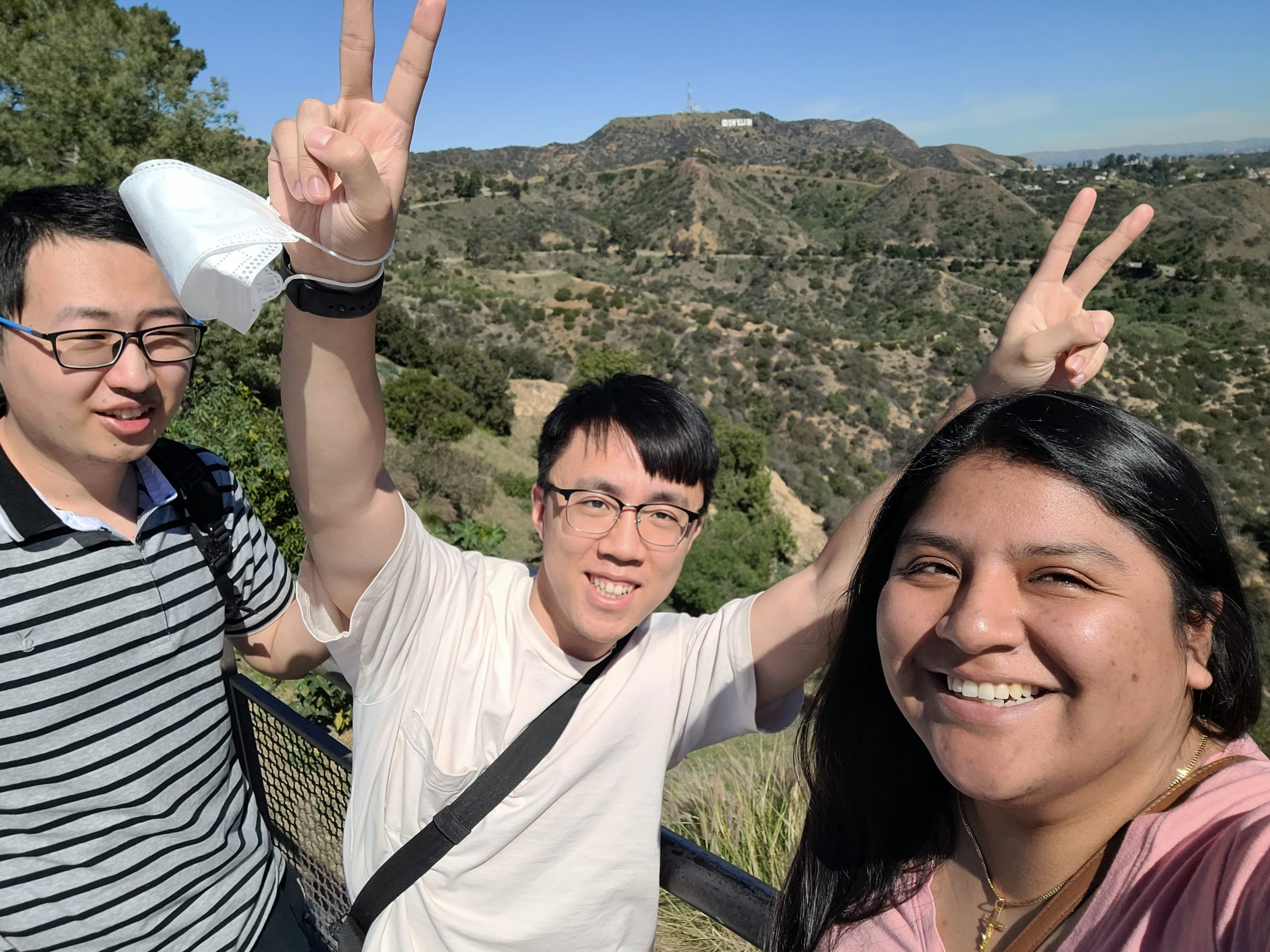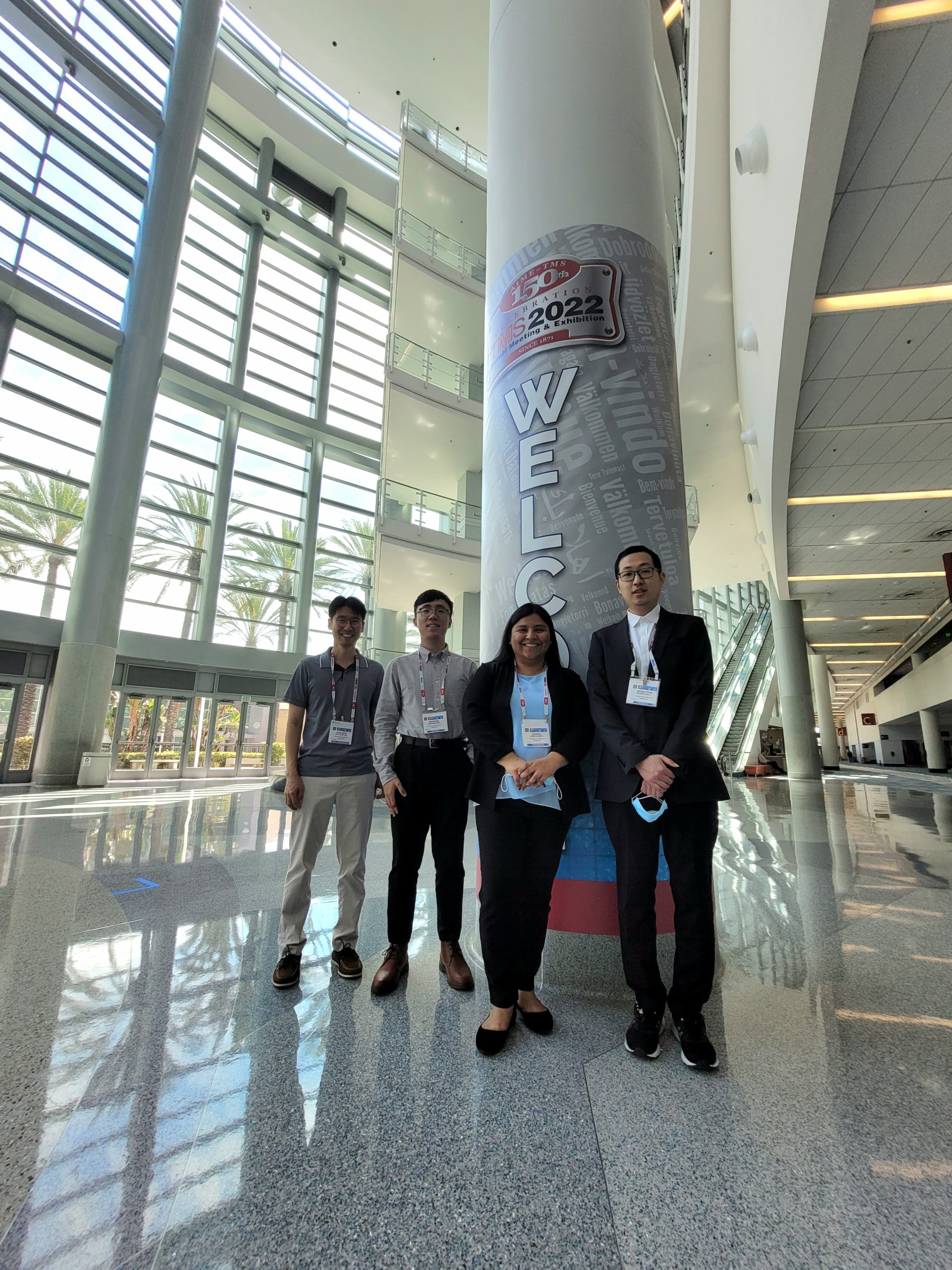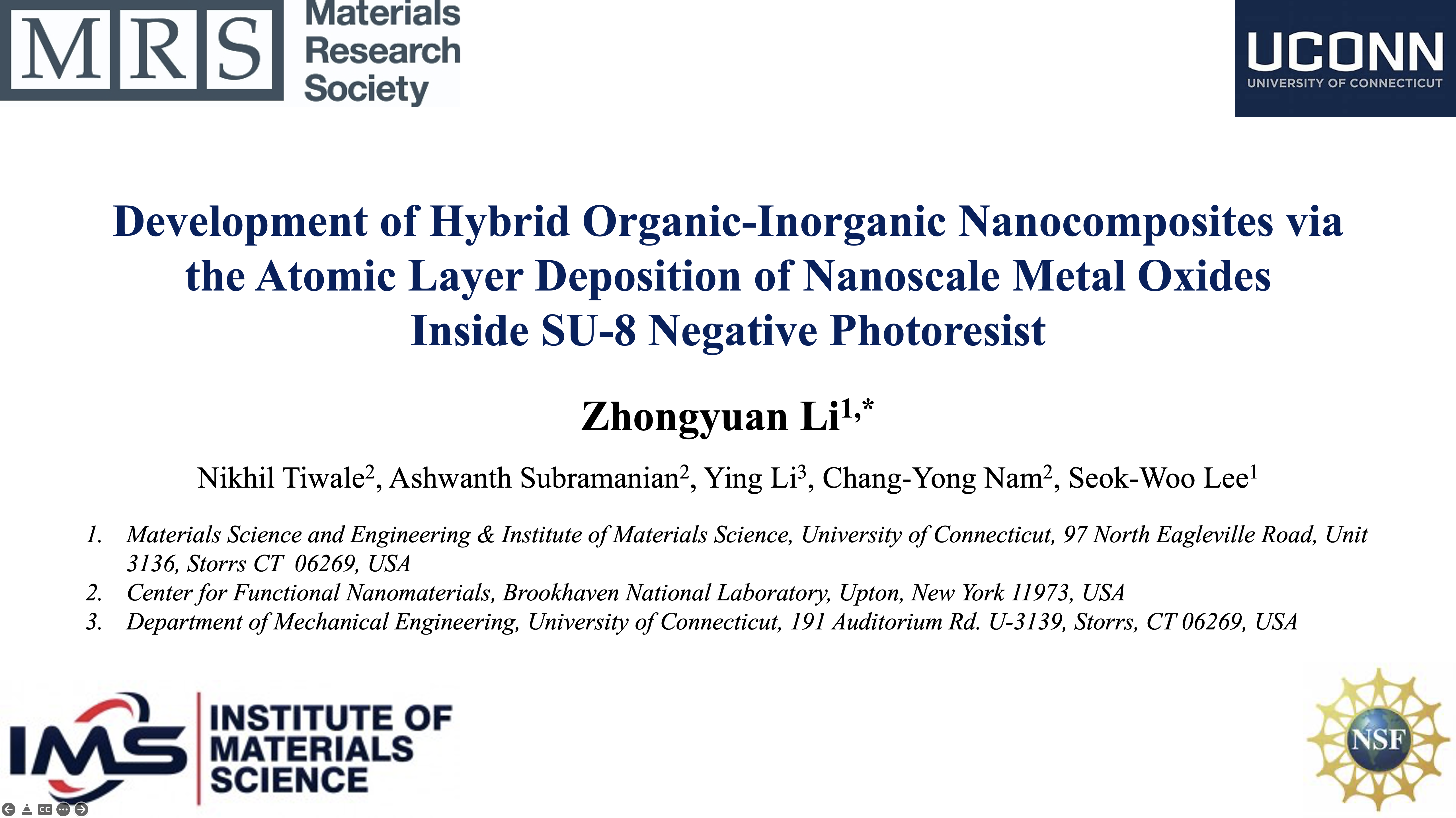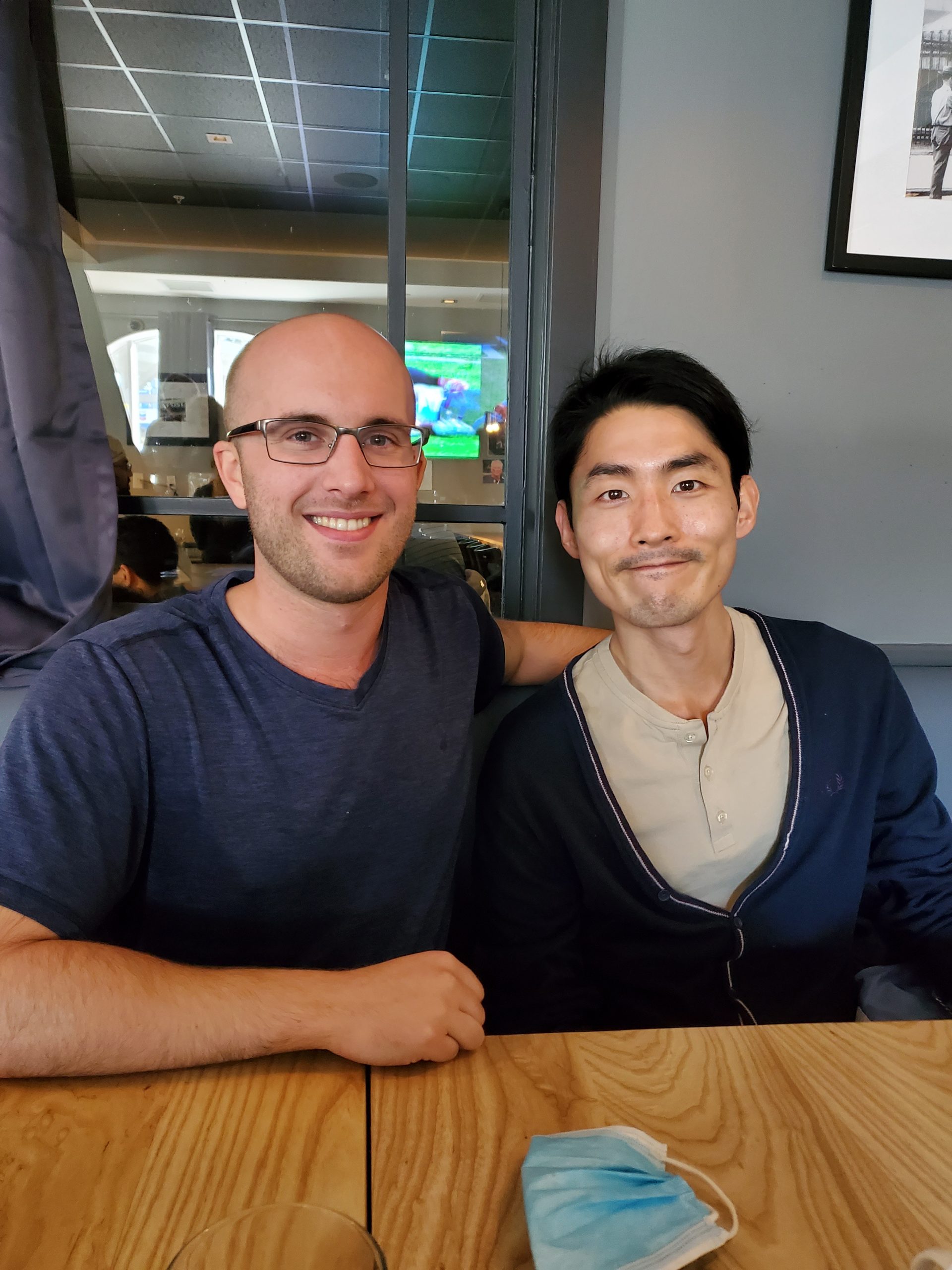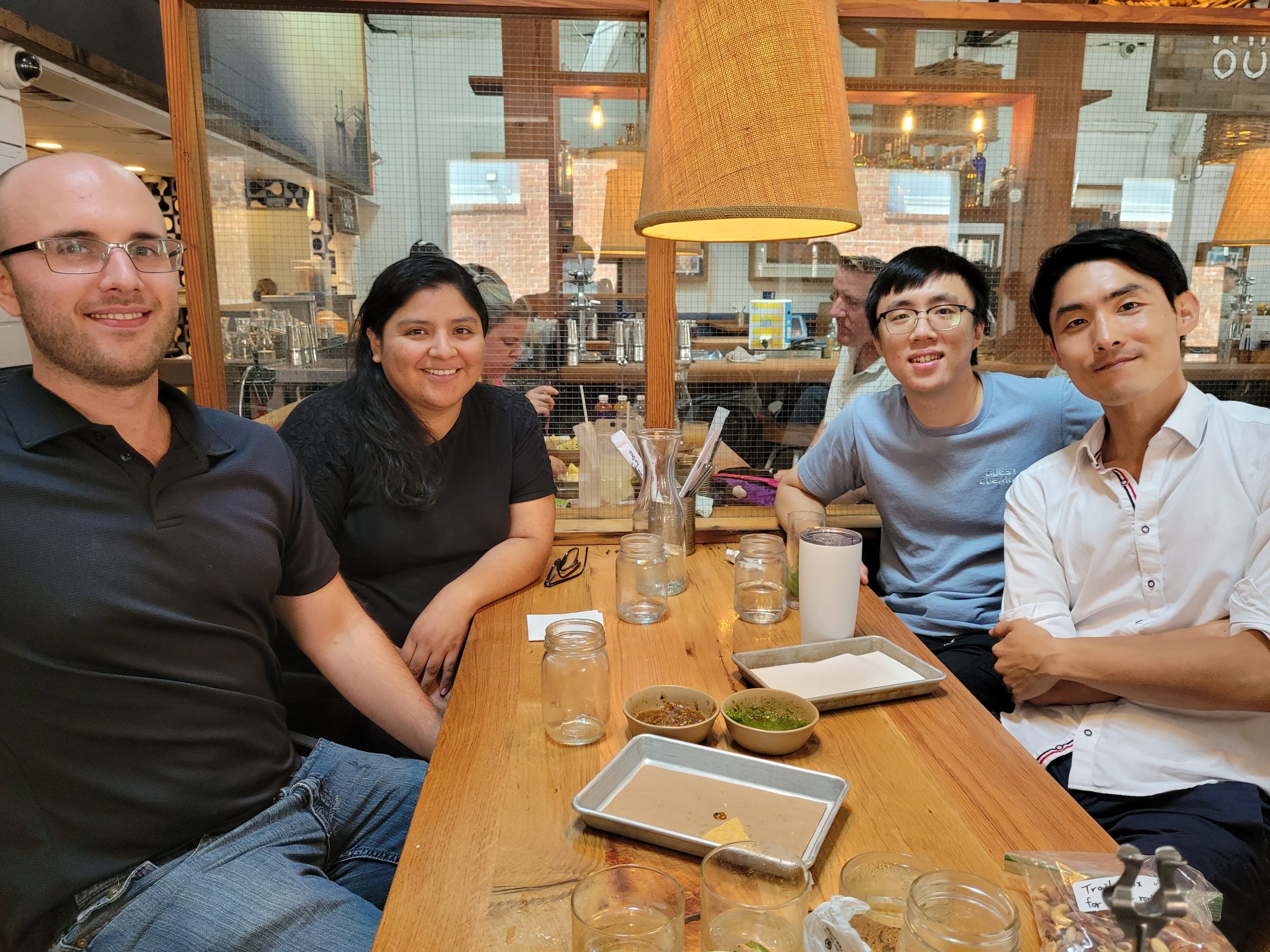Shuyang’s first paper is published at Nano Letters! Many congratulations! The paper is now available online [web]. This work discusses the unique pseudoelasticity mechanisms, double lattice and collapse due to the a solid-state bonding and debonding.
Shuyang Xiao, Vladislav Borisov, Guilherme Gorgen-Lesseux, Sarshad Rommel, Gyuho Song, Jessica M. Maita, Mark Aindow, Roser Valentí, Paul Canfield, Seok-Woo Lee, “Pseudoelasticity of SrNi2P2 micropillar via lattice collapse and expansion,” Nano Letters (2021) [Arxiv] [web]
Abstract: The maximum recoverable strain of most crystalline solids is less than 1% because plastic deformation or fracture usually occurs at a small strain. In this work, we show that a SrNi2P2 micropillar exhibits pseudoelasticity with a large maximum recoverable strain of ∼14% under uniaxial compression via unique reversible structural transformation, double lattice collapse–expansion that is repeatable under cyclic loading. Its high yield strength (∼3.8 ± 0.5 GPa) and large maximum recoverable strain bring out the ultrahigh modulus of resilience (∼146 ± 19 MJ/m3), a few orders of magnitude higher than that of most engineering materials. The double lattice collapse–expansion mechanism shows stress–strain behaviors similar to that of conventional shape-memory alloys, such as hysteresis and thermo-mechanical actuation, even though the structural changes involved are completely different. Our work suggests that the discovery of a new class of high-performance ThCr2Si2-structured materials will open new research opportunities in the field of pseudoelasticity.
